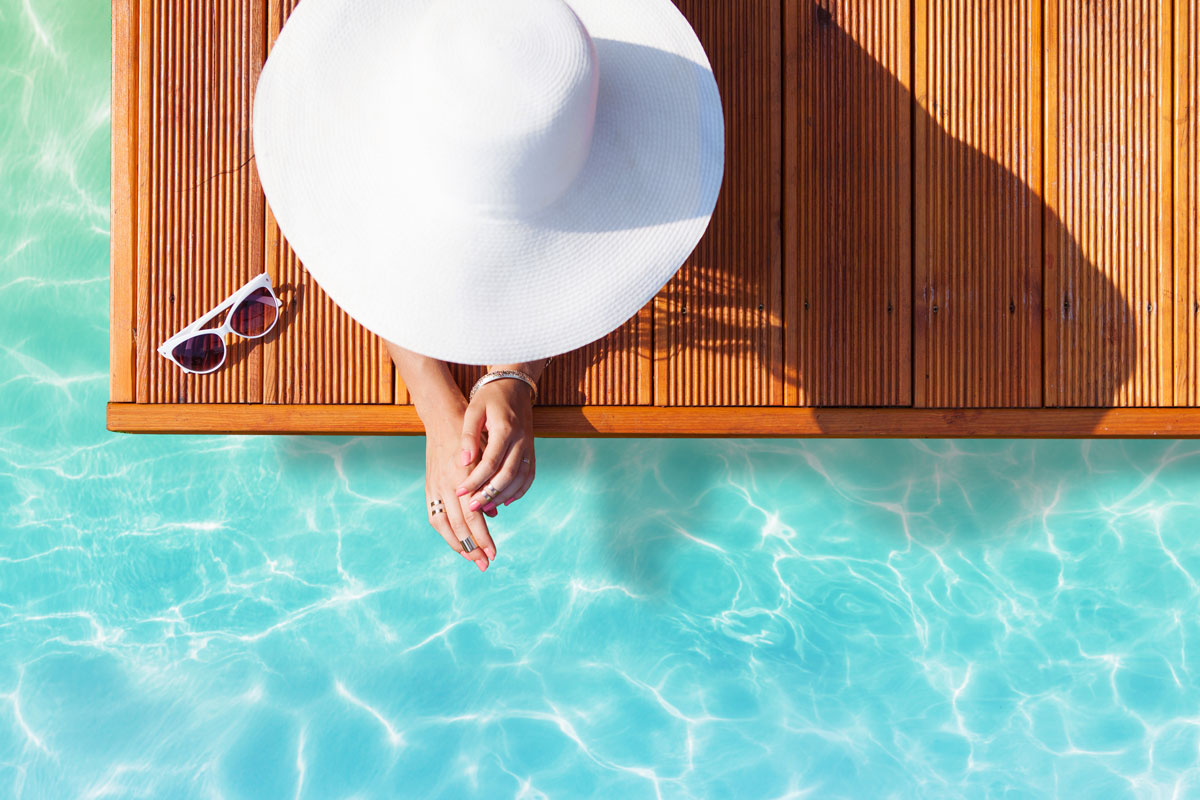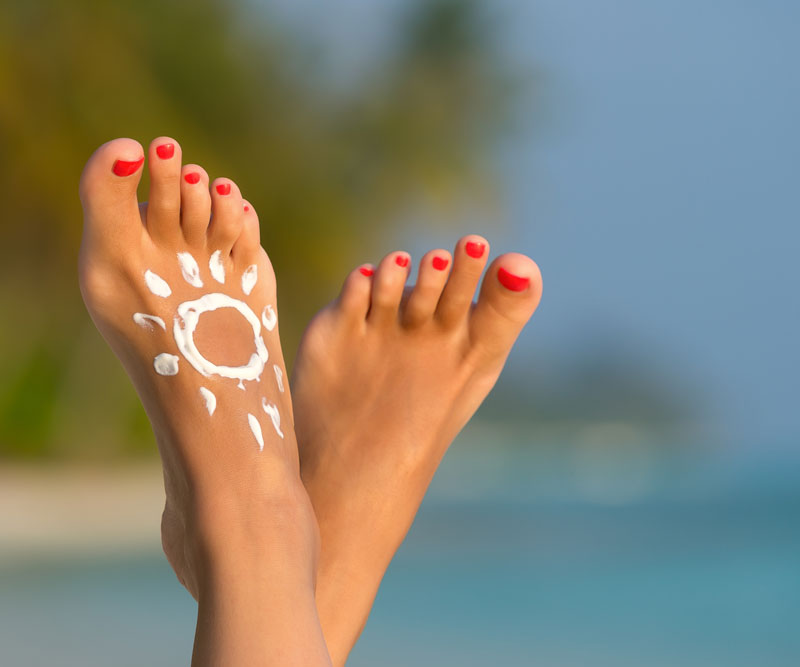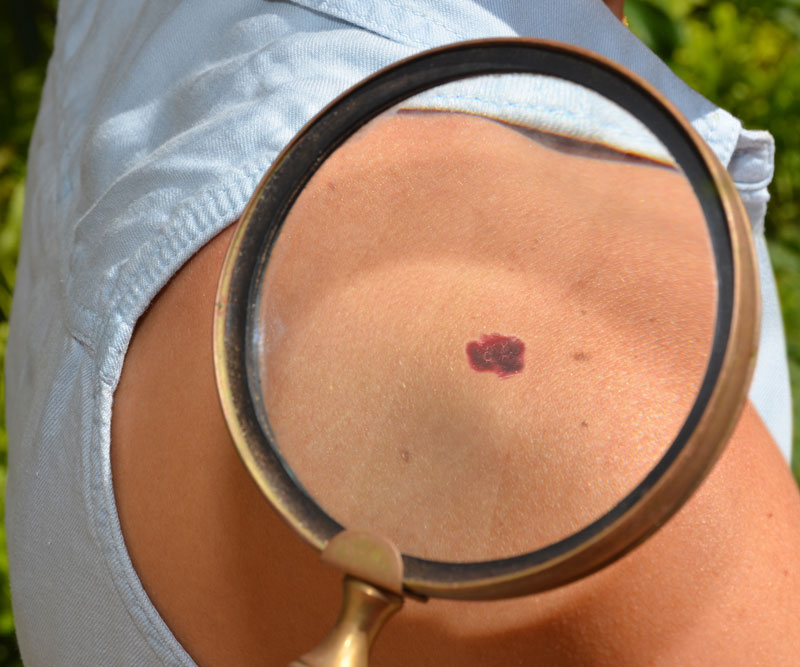
5 Tips to Shield Your Skin from the Sun
Unlike other parts of the country, Hawaii is lucky enough to experience tons of sunshine year-round.
However, there is a dark side to too much sun exposure.
"Skin cancer is the most common type of cancer in the United States. One in five Americans will develop skin cancer in their lifetime," says Dr. Mika Yamazaki, Hawaii Pacific Health Medical Group chief of dermatology at Straub Benioff Medical Center.
"Here in Hawaii, we have a lot more sun exposure than a lot of other places do, so we really want to stay safe when we are working or playing outdoors," Yamazaki says.
Don't worry, we've got you covered.
Below, Yamazaki shares her top five tips for reducing your skin's exposure to the sun.
Stay in the Shade
Seek out shelter. Find a shady tree, sit back and enjoy the beautiful sunny day. Umbrellas aren't just for rainy days! These stormy-weather standbys make for a great sun blocker, as do pop-up tents and awnings.
Cover Up with Clothing
Reducing the amount of skin you have exposed to the sun also reduces your risk of developing skin cancer.
"Notice a color difference between your bottom and arms? Wearing long sleeves and long pants with UPF (Ultraviolet Protection Factor) is an easy and reliable way to protect your skin," Yamazaki says.
If you're feeling the heat, look for brands that sport a breathability component to them.
Wear a Hat and Sunglasses
Wider is better. Opt for hats with a wide brim that covers your entire head, including your ears and the back of your neck.
"Your ears, cheeks and neck are still exposed with a baseball cap," Yamazaki says.
Hats made from woven materials such as straw or mesh offer limited coverage, and the holes provide an opportunity for the sun to sneak in. Sunglasses should carry a sticker or other seal of approval indicating that they protect you from 99-100% of both UVA and UVB rays. If the label reads UV 400, you're covered.
Shield Up with Sunscreen
Choose a sunscreen that has an SPF of 30 or higher, is water resistant and provides broad-spectrum coverage, which means it protects you from UVA and UVB rays. Even on cloudy days, up to 80% of the sun's harmful UV rays can penetrate the clouds. SPF 30 blocks 97% of the sun's UVB rays.
Higher-number SPFs block slightly more of the sun's UVB rays, but no sunscreen can block 100%.
"There is no 'best brand,'" Yamazaki says. "I recommend one that you like the feel, smell and price. If it's not on your skin, it's not working for you. Have fun and try different sunscreens."
When looking for a sunscreen, remember that there are two main types.
- Chemical (organic) sunscreens contain one or more of the following active ingredients: avobenzone, octisalate, octocrylene and homosalate. These formulations tend to be easier to rub into the skin without leaving a white residue.
- Physical (mineral) sunscreens contain the active ingredients zinc oxide and/or titanium dioxide. Opt for this sunscreen if you have sensitive skin. However, they are more likely to leave a white residue on the skin unless you use a sunscreen that says "tinted" on the label.
Lastly, check the expiration date and avoid leaving sunscreen in the car or in the heat, which can affect the stability of the product.
Mind Your Time
Avoid the sun's rays between 10 a.m. and 2 p.m., when they are at their strongest. The longer you are in the sun, the greater the UV exposure. A high-number SPF does not allow you to spend additional time outdoors without reapplication.
Remember, reapply sunscreen every two hours, or immediately after swimming or sweating.
Published on: December 20, 2024




